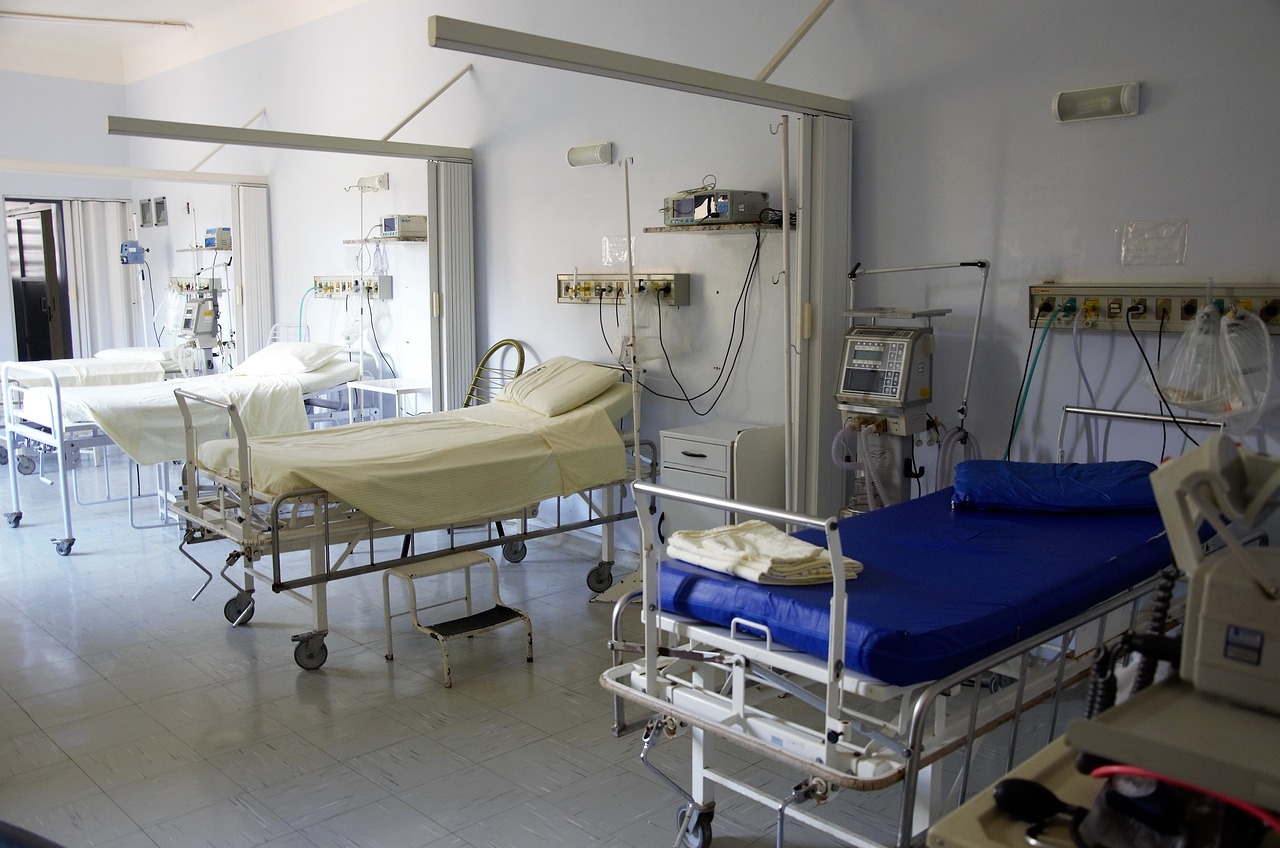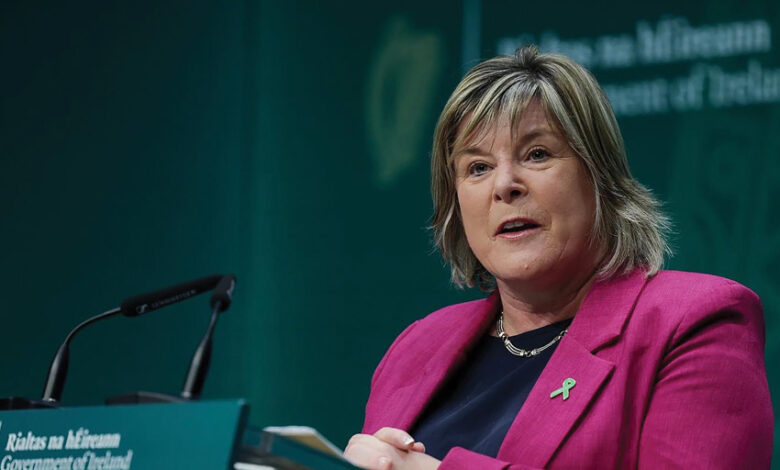COVID-19 Vaccine Janssen: EMA finds possible link to very rare cases of unusual blood clots with low blood platelets

EMA confirms overall benefit-risk remains positive
At its meeting of 20 April 2021, EMA’s safety committee (PRAC) concluded that a warning about unusual blood clots with low blood platelets should be added to the product information for COVID-19 Vaccine Janssen. PRAC also concluded that these events should be listed as very rare side effects of the vaccine.
In reaching its conclusion, the Committee took into consideration all currently available evidence including eight reports from the United States of serious cases of unusual blood clots associated with low levels of blood platelets, one of which had a fatal outcome. As of 13 April 2021, over 7 million people had received Janssen’s vaccine in the United States.
All cases occurred in people under 60 years of age within three weeks after vaccination, the majority in women. Based on the currently available evidence, specific risk factors have not been confirmed.
PRAC noted that the blood clots occurred mostly at unusual sites such as in veins in the brain (cerebral venous sinus thrombosis, CVST) and the abdomen (splanchnic vein thrombosis) and in arteries, together with low levels of blood platelets and sometimes bleeding. The cases reviewed were very similar to the cases that occurred with the COVID-19 vaccine developed by AstraZeneca, Vaxzevria.
Healthcare professionals and people who will receive the vaccine should be aware of the possibility of very rare cases of blood clots combined with low levels of blood platelets occurring within three weeks of vaccination.
COVID-19 is associated with a risk of hospitalisation and death. The reported combination of blood clots and low blood platelets is very rare, and the overall benefits of COVID-19 Vaccine Janssen in preventing COVID-19 outweigh the risks of side effects.
EMA’s scientific assessment underpins the safe and effective use of COVID-19 vaccines. Use of the vaccine during vaccination campaigns at national level will take into account the pandemic situation and vaccine availability in individual Member States.
One plausible explanation for the combination of blood clots and low blood platelets is an immune response, leading to a condition similar to one seen sometimes in patients treated with heparin called heparin induced thrombocytopenia, HIT.
PRAC emphasises the importance of prompt specialist medical treatment. By recognising the signs of bloods clots and low blood platelets and treating them early, healthcare professionals can help those affected in their recovery and avoid complications. Thrombosis in combination with thrombocytopenia requires specialised clinical management. Healthcare professionals should consult applicable guidance and/or consult specialists (e.g., haematologists, specialists in coagulation) to diagnose and treat this condition.
As for all vaccines, EMA will continue to monitor the vaccine’s safety and effectiveness and provide the public with the latest information.
A similar signal evaluation was recently finalised for another COVID-19 vaccine, Vaxzevria (previously COVID-19 Vaccine AstraZeneca).
Information for the public
- Cases of unusual blood clots with low platelets have occurred in people who received Janssen’s COVID-19 vaccine in the United States.
- The risk of having this side effect is very low, but people who will receive the vaccine should still be aware of symptoms so they can get prompt medical treatment to help recovery and avoid complications.
- Individuals must seek urgent medical attention if they have any of the following symptoms in the three weeks after being vaccinated with COVID-19 Vaccine Janssen:
- shortness of breath
- chest pain
- leg swelling
- persistent abdominal (belly) pain
- neurological symptoms, such as severe and persistent headaches or blurred vision
- tiny blood spots under the skin beyond the site of the injection.
- Speak to your healthcare professional or contact your relevant national health authorities if you have any questions about your vaccination.
Information for healthcare professionals
- EMA has reviewed eight cases of thrombosis in combination with thrombocytopenia in people who received Janssen’s COVID-19 vaccine in the United States.
- These very rare types of thrombosis (with thrombocytopenia) included venous thrombosis mostly in unusual sites such as cerebral venous sinus thrombosis and splanchnic vein thrombosis, as well as arterial thrombosis, and fatal outcome in one case. All cases occurred in people below 60 years of age, and most were in women, within three weeks of the person being vaccinated.
- The cases reviewed were very similar to the cases that occurred with the COVID-19 vaccine developed by AstraZeneca, Vaxzevria.
- As for the mechanism, it is thought that the vaccine may trigger an immune response leading to a heparin-induced-thrombocytopenia like disorder. At this time, the pathophysiological mechanism has not been established, and it is currently not possible to identify specific risk factors.
- Healthcare professionals should be alert to the signs and symptoms of thromboembolism and thrombocytopenia so that they can promptly treat people affected in line with available guidelines.
- Thrombosis in combination with thrombocytopenia requires specialised clinical management. Healthcare professionals should consult applicable guidance and/or consult specialists (e.g., haematologists, specialists in coagulation) to diagnose and treat this condition.
- Healthcare professionals should tell people receiving the vaccine that they must seek medical attention if they develop:
- symptoms of blood clots such as shortness of breath, chest pain, leg swelling, persistent abdominal pain
- neurological symptoms such as severe and persistent headaches and blurred vision
- petechiae beyond the site of vaccination after a few days.
- The benefits of the vaccine continue to outweigh the risks for people who receive it. The vaccine is effective at preventing COVID-19 and reducing hospitalisations and deaths.
A direct healthcare professional communication (DHPC) will be sent to healthcare professionals involved in giving the vaccine in the EU. The DHPC will also be published.
More about the vaccine
COVID-19 Vaccine Janssen is a vaccine for preventing coronavirus disease 2019 (COVID-19) in people aged 18 years and older. COVID-19 is caused by SARS-CoV-2 virus. COVID-19 Vaccine Janssen is made up of another virus (of the adenovirus family) that has been modified to contain the gene for making a protein from SARS-CoV-2. COVID-19 Vaccine Janssen does not contain the virus itself and cannot cause COVID-19.
The most common side effects with COVID-19 Vaccine Janssen are usually mild or moderate and improve within a few days after vaccination. More information is available.
COVID-19 Vaccine Janssen was authorised in the EU on 11 March 2021; the rollout of the vaccine in the EU was temporarily delayed by the company.
More about the procedure
The review of thromboembolic events with COVID-19 Vaccine Janssen is being carried out in the context of a safety signal, under an accelerated timetable. A safety signal is information on a new or incompletely documented adverse event that is potentially caused by a medicine and that warrants further investigation. The presence of a safety signal does not necessarily mean that a medicine has caused the reported adverse event. The assessment of safety signals seeks to establish whether a causal relationship between the medicine and the adverse event is at least a reasonable possibility.
The review is being carried out by EMA\’s Pharmacovigilance Risk Assessment Committee (PRAC), the Committee responsible for the evaluation of safety issues for human medicines. Once the review is completed, PRAC will make further recommendations as necessary to minimise risks and protect patients\’ health. EMA’s human medicine committee, CHMP, will then rapidly assess any necessary changes to the product information.
EMA’s scientific assessment underpins the safe and effective use of COVID-19 vaccines. EMA’s recommendations are the foundation upon which individual EU Member States will design and implement their own national vaccination campaigns. These may differ from country to country depending on their national needs and circumstances, such as infection rates, priority populations, vaccine availability and hospitalisation rates.
You might also like
For relevant updates on Emergency Services news and events, subscribe to EmergencyServices.ie









